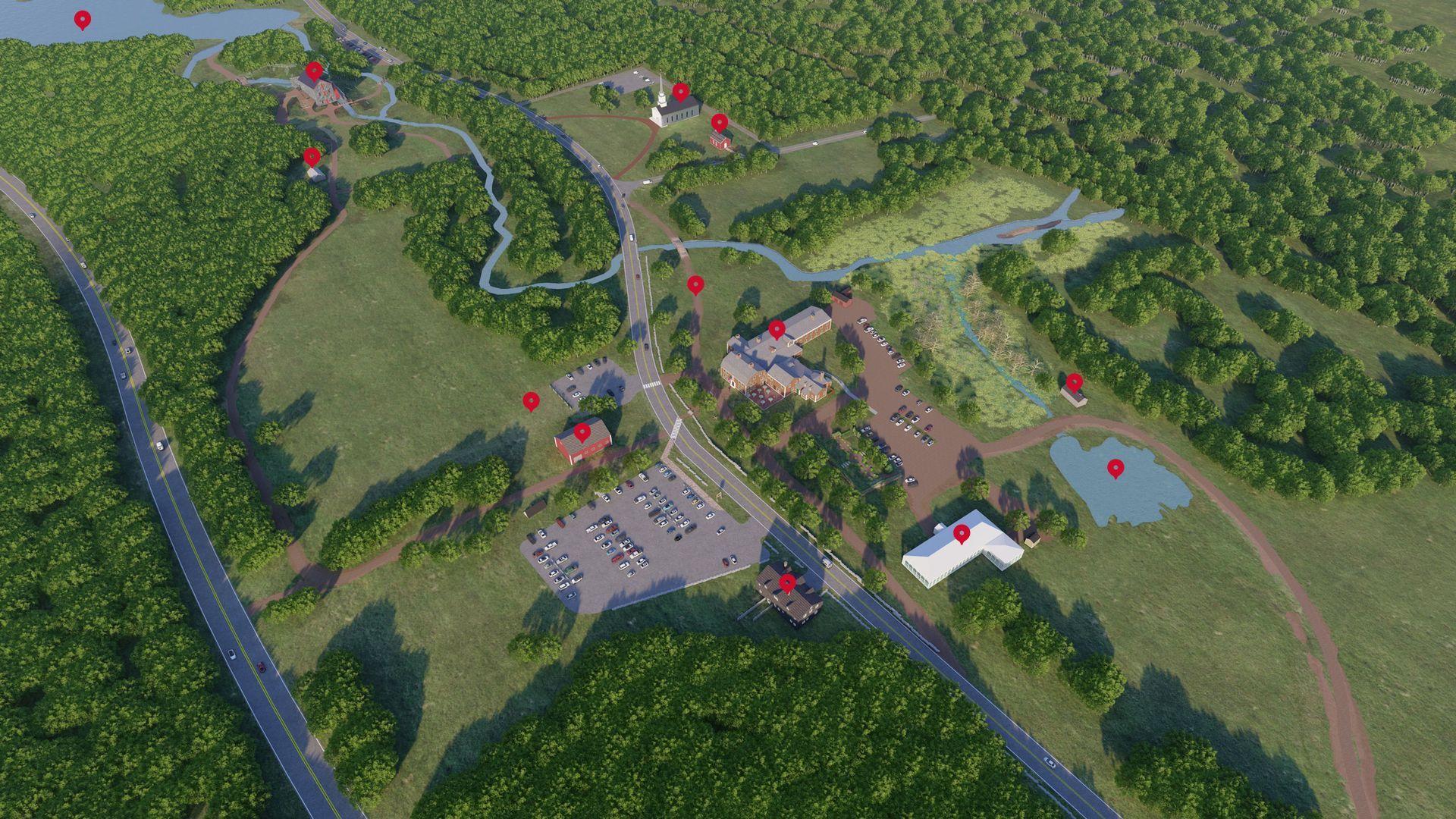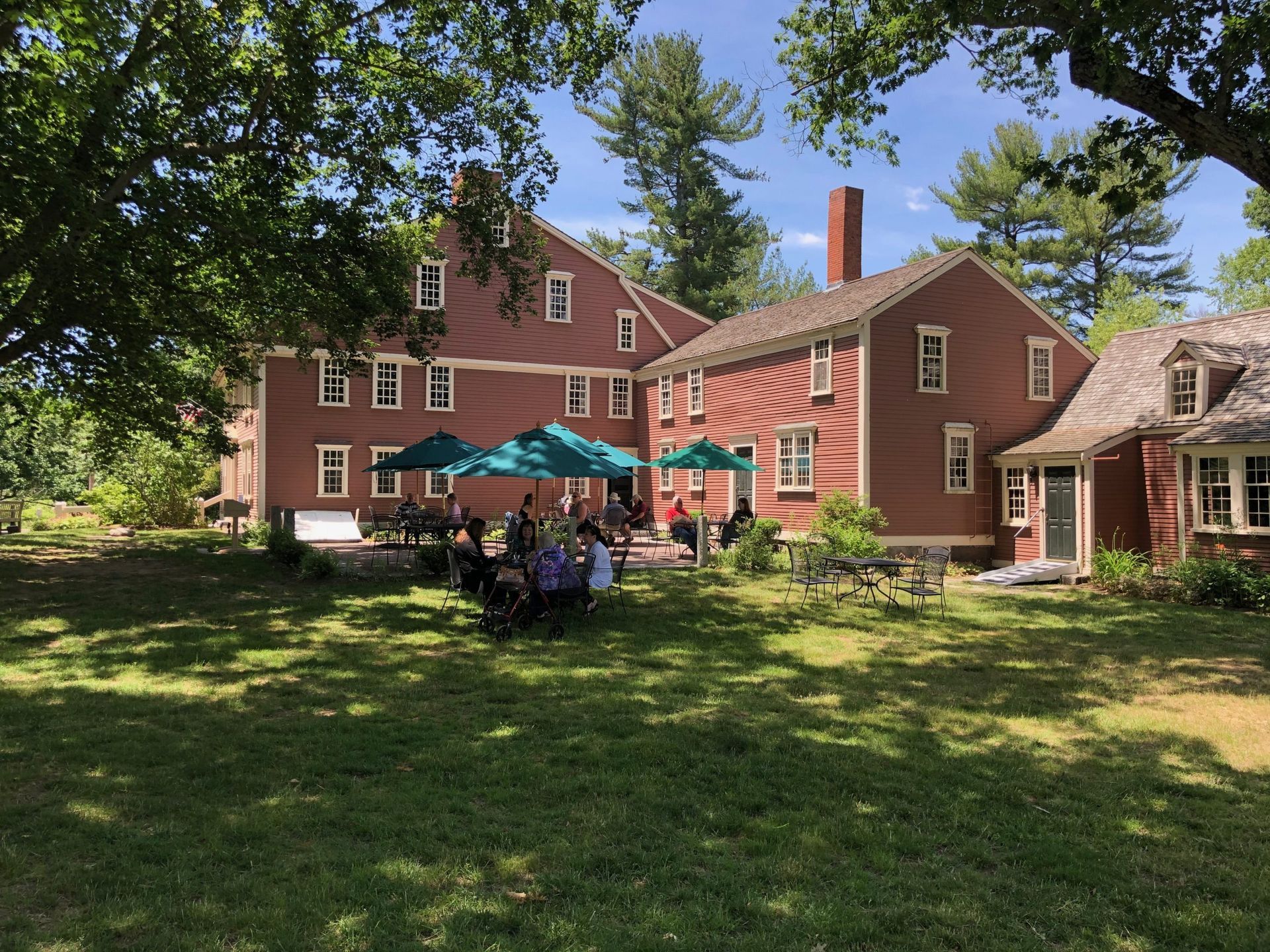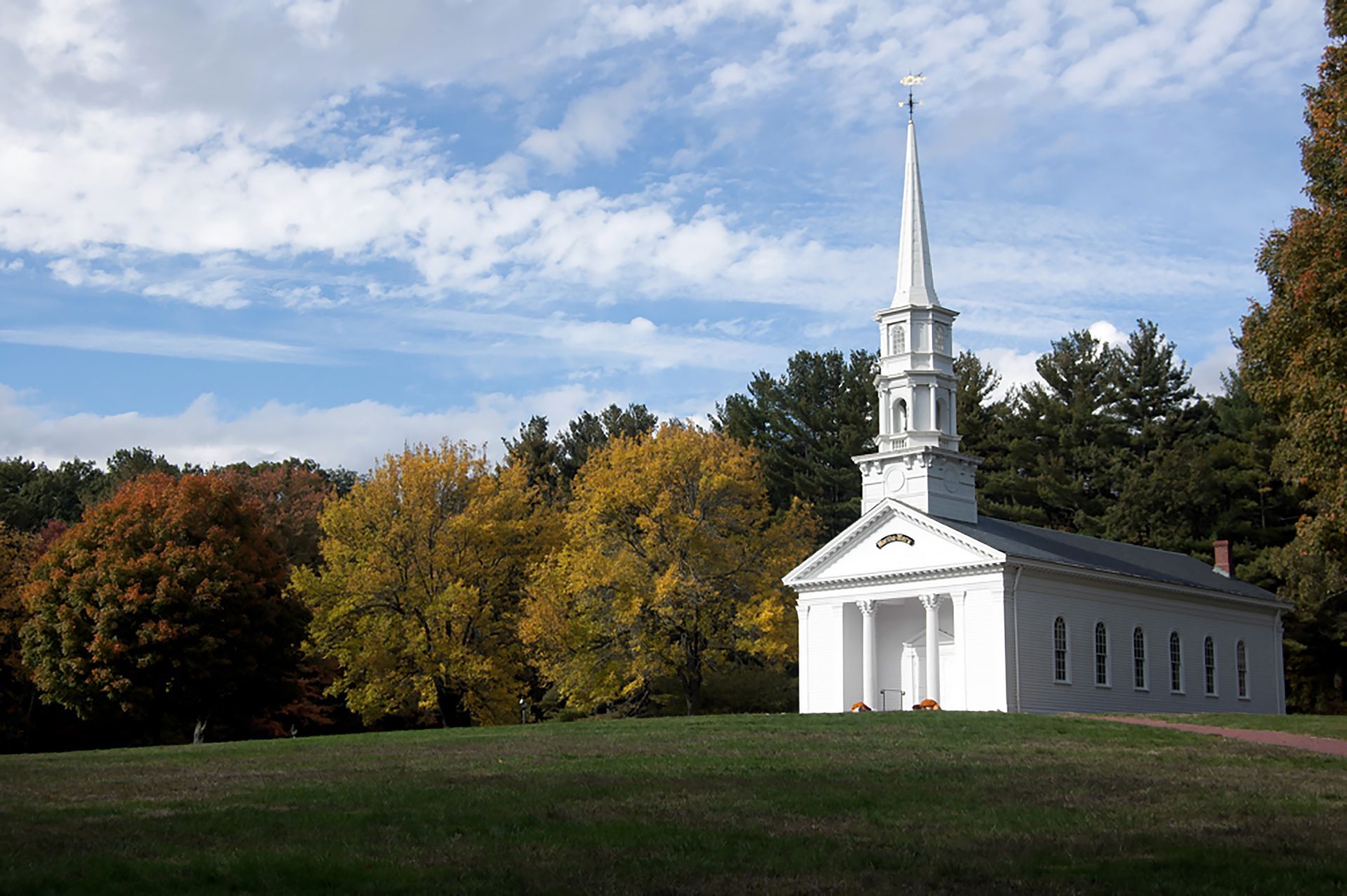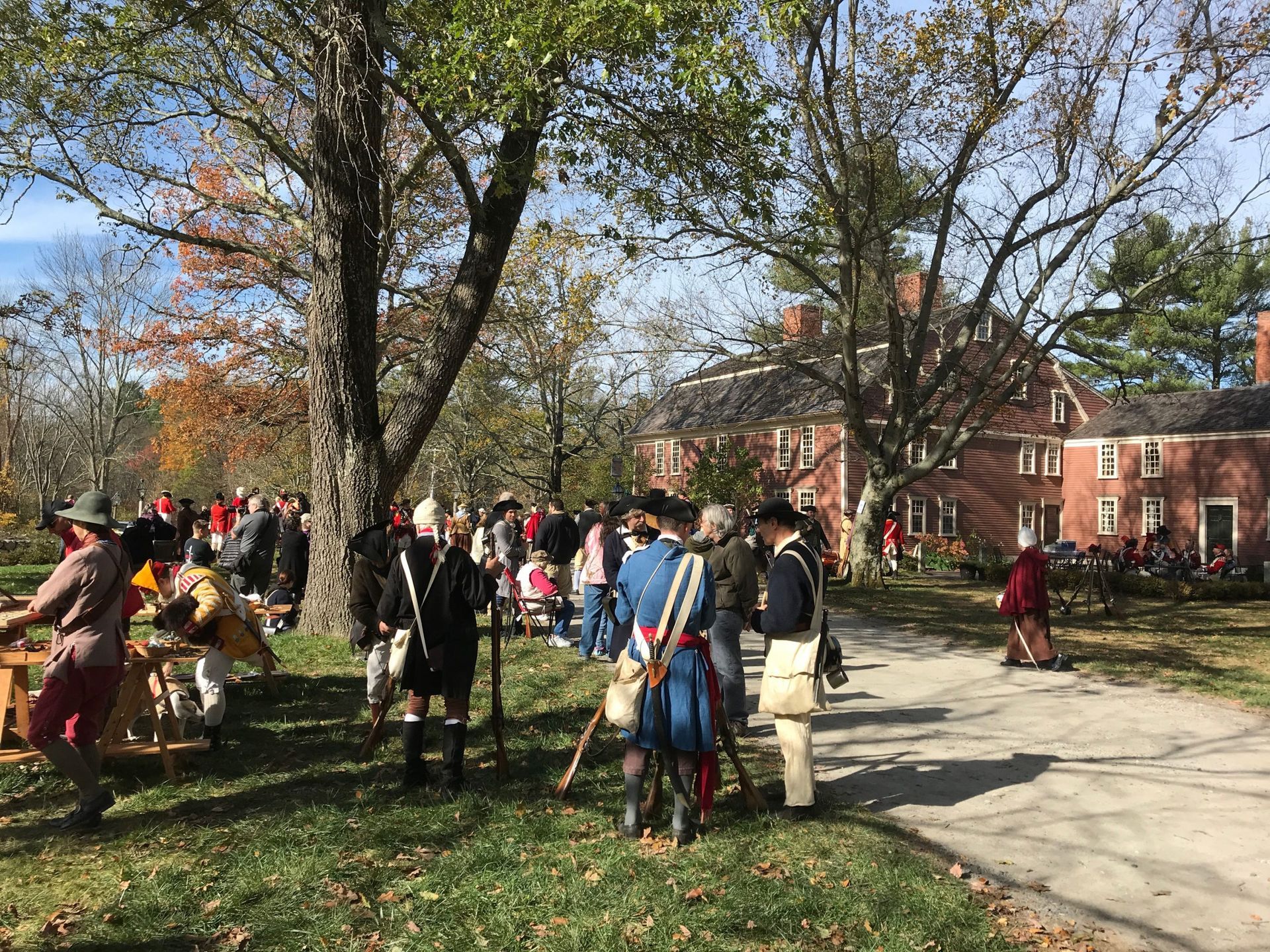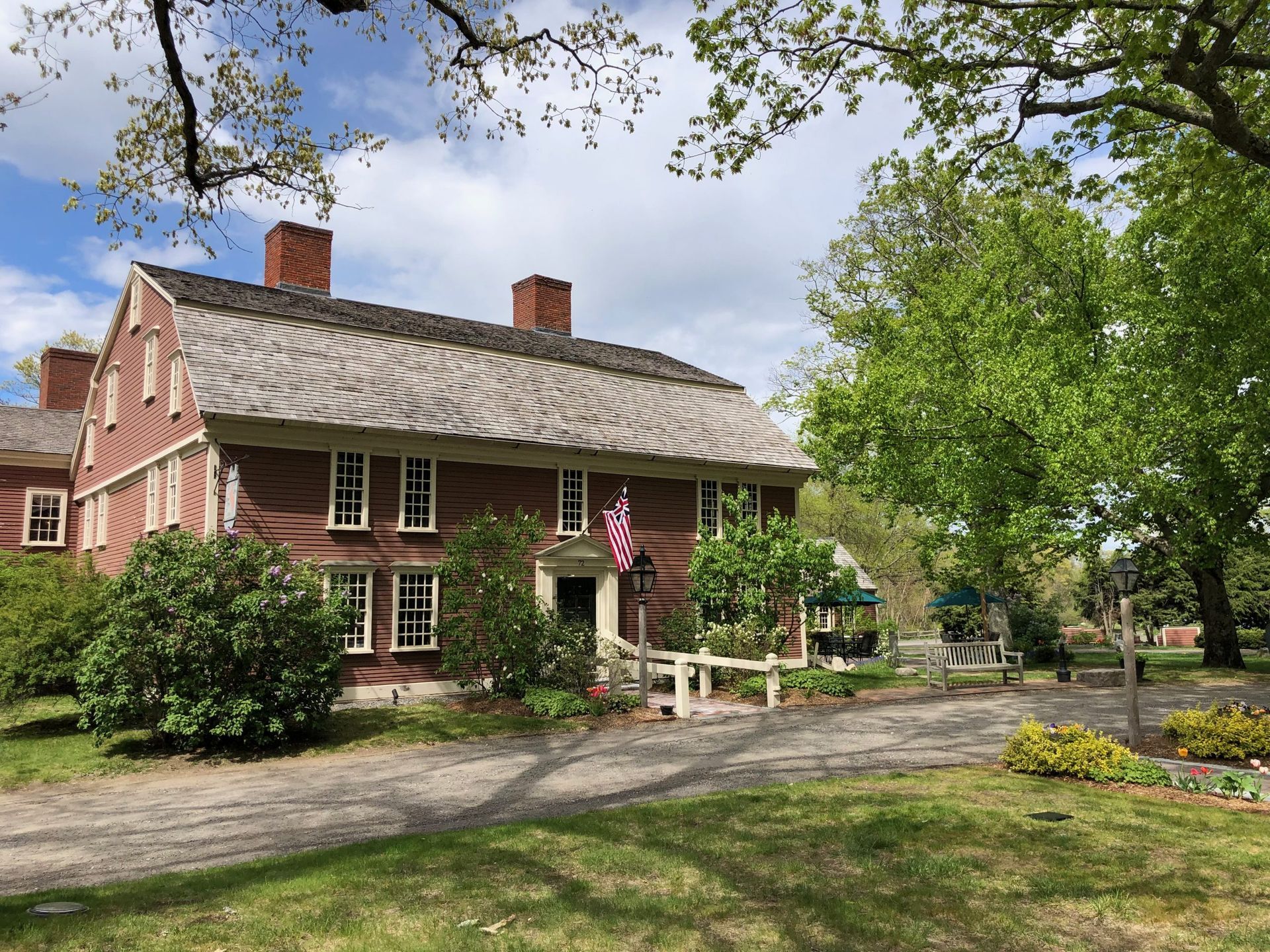Legendary Tales.
Timeless Memories.
Come explore our historic buildings, enjoy our pastoral grounds, walk our hiking trails, and dine in Longfellow’s Wayside Inn. We have something for everyone.
Make the Most of Your Visit.
We are pleased to present these resources to help you best enjoy your visit to The Wayside Inn Historic Site. Although our grounds are open for public enjoyment from dawn to dusk, our grounds and buildings are private property, and we ask all visitors to please observe our policies.
As part of our commitment to reduce waste and be more sustainable, we’ve made our general property brochure and trail map available for download and printing at home. You can also use the interactive map below to learn more about our property features and buildings. We look forward to your visit.
The Wayside Inn Historic Site Interactive Map
Click the key landmarks on the interactive map below to identify the buildings and natural settings.
